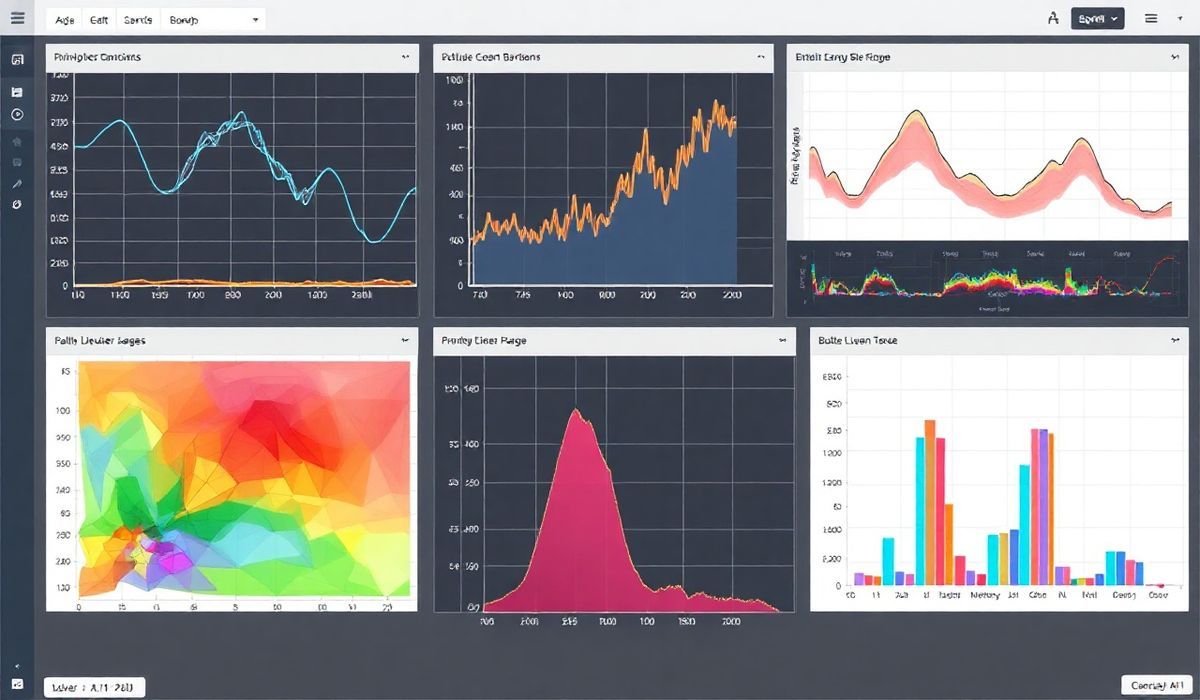Welcome to the Ultimate Guide to Addon Tools
In this comprehensive guide, we’ll explore addon-tools, a versatile library designed to simplify and enhance your coding experience. We will cover various APIs with code snippets and demonstrate an application example. Whether you are a beginner or an experienced developer, this guide is tailored to meet your needs.
Getting Started with addon-tools
First, install the addon-tools package via npm:
npm install addon-tools
API Examples
1. Logger API
Use the Logger API to create consistent and manageable log messages.
const { Logger } = require('addon-tools');
const logger = new Logger('App');
logger.info('Application has started.');
logger.warn('Low on memory!');
logger.error('Unable to connect to database.');
2. Configuration API
Manage application settings with the Configuration API.
const { Configuration } = require('addon-tools');
const config = new Configuration();
config.set('database.host', 'localhost');
config.set('database.port', 3306);
console.log(config.get('database.host')); // outputs 'localhost'
3. HTTP Client API
Make HTTP requests seamlessly using the HTTP Client API.
const { HttpClient } = require('addon-tools');
const http = new HttpClient();
http.get('https://api.example.com/data')
.then(response => console.log(response.data))
.catch(error => console.error('Error:', error));
4. Utility API
Various utility functions are available to perform common tasks.
const { Utils } = require('addon-tools');
console.log(Utils.generateUUID()); // Generates a unique identifier
console.log(Utils.capitalize('hello')); // Outputs 'Hello'
Application Example
Let’s create a simple Node.js application using some of the mentioned APIs.
const { Logger, Configuration, HttpClient, Utils } = require('addon-tools');
// Initialize Logger
const logger = new Logger('MyApp');
// Initialize Configuration
const config = new Configuration();
config.set('api.endpoint', 'https://api.example.com/data');
// Initialize HTTP Client
const http = new HttpClient();
// Fetch and log data function
async function fetchData() {
try {
const response = await http.get(config.get('api.endpoint'));
logger.info('Data fetched successfully.');
console.log(response.data);
} catch (error) {
logger.error('Failed to fetch data:', error);
}
}
fetchData();
// Output a utility function's result
console.log('App UUID:', Utils.generateUUID());
We hope this guide helps you effectively integrate addon-tools into your projects. Happy coding!
Hash: cb09894c511eb71f76296dd5faac36841d96a1c1a2332cab5209ae7fc4d19ee2




